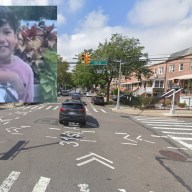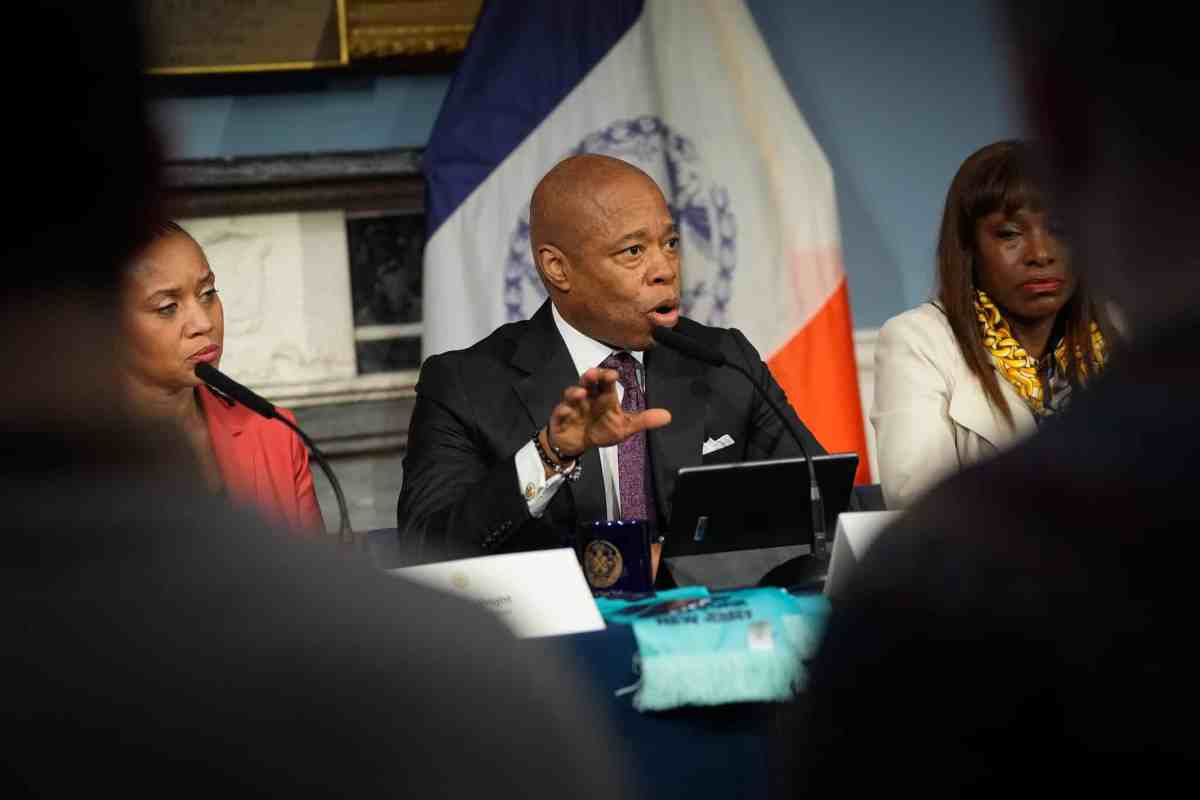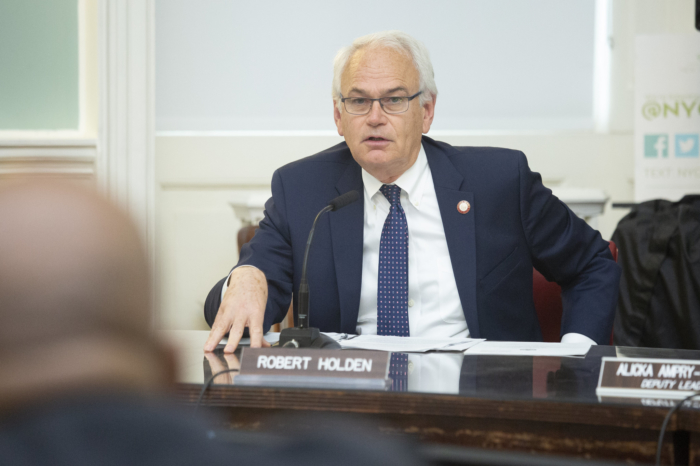By Macartney Morris
Imagine asking Astoria drivers to detour to Staten Island on their way to pick up a relative at JFK Airport. Or requiring pedestrians to walk to Rikers Island on their way to Astoria Park. It would be absurd, and you’d get laughed out of the room! But that’s basically what Queens Community Board 1 wants the Department of Transportation to say to future cyclists of the proposed 31st Avenue bike lane, which would connect the East River and Flushing Bay.
When the full board finally found time to vote on the proposal in May (its Transportation Committee approved it in March), it claimed double parking and speeding on 31st Avenue between 55th and 60th streets make that stretch too dangerous for a bike lane. Ignoring advice from local cyclists and DOT, CB 1 voted to unilaterally redesign the proposal, adding a detour to 32nd Avenue for those five blocks. Instead of targeting the culprits behind the unsafe conditions they bemoaned—illegally double parked and speeding drivers—the board chose to make the proposal more unsafe for cyclists by making it less efficient and diluting traffic onto two routes.
Time and time again, we see local leaders in Queens talking out of both sides of their mouth when it comes to supporting bike lanes, whether by calling for ever more delays of long-discussed, common-sense plans (like Borough President Melinda Katz on the Queens Boulevard bike lanes) or interfering and redesigning plans to make them worse (like CB 1 just did with the 31st Avenue bike route).
Cycling is on the rise in New York and in Queens, as it is a cheap, convenient, eco-friendly and healthy form of transportation. According to DOT, between 2010 and 2014 Queens saw a 68 percent increase in those daily commuting to work by bike. But the number of cyclists in the borough lags dramatically behind the rest of the city. This is partly explained by Queens’ dearth of bike infrastructure, protected lanes and otherwise. Open DOT’s 2016 NYC Bike Map and compare the vast, intricate bike-lane networks in Manhattan and northwest Brooklyn to the veritable desert in Queens. When nearly 1.5 million people in Queens (two-thirds of the borough’s population) live outside of walking distance to a subway station, the lack of bicycle infrastructure is not just an embarrassment—it is a downright injustice.
If CB 1’s concerns for cyclists’ safety are genuine and not simply political posturing, I invite it to join me in calling for a world-class, comprehensive network of protected bike lanes in Queens. We could begin by removing a lane of parking on the so-called dangerous stretch of 31st Avenue CB 1 identified between 55th and 60th streets: Instead of dangerously detouring bicycle traffic, let’s build a protected bike lane there instead.
In the meantime, I urge DOT to ignore CB 1’s detour and implement the 31st Avenue bike route as designed. I also call on DOT to end its practice of asking community boards to vote on simple infrastructure projects. The 31st Avenue proposal is simply paint on the road—it eliminates zero traffic lanes and zero parking spots. Projects like this shouldn’t need permission from community boards, which are often dominated by car-owning, parking-centric members. DOT should remember that community boards are advisory and shouldn’t give them veto power over basic infrastructure.
Queens is in desperate need of safe, equitable, efficient cycling infrastructure. While the agency should always coordinate with the community when planning, designing and building bike lanes, it should realize that an unelected, undemocratic, unrepresentative group of 50 appointees does not constitute the entirety of the word “community.”
Macartney Morris is a resident of Astoria who cycles every day to work in Manhattan. He is also a member of the Transportation Alternatives Queens Activist Committee. His Twitter handle is @macartney.


































